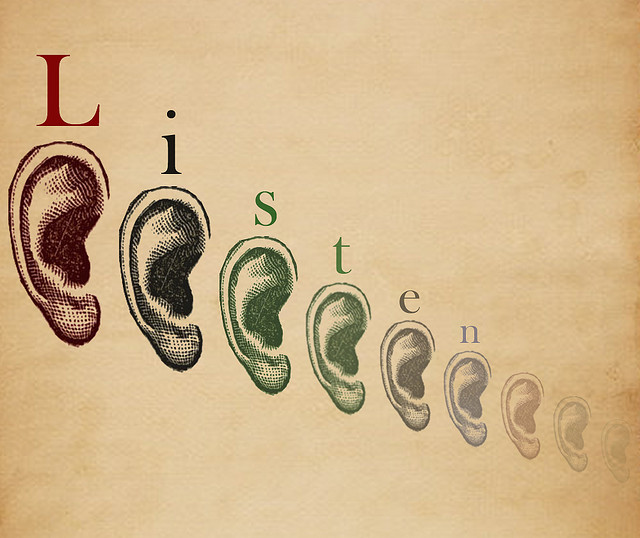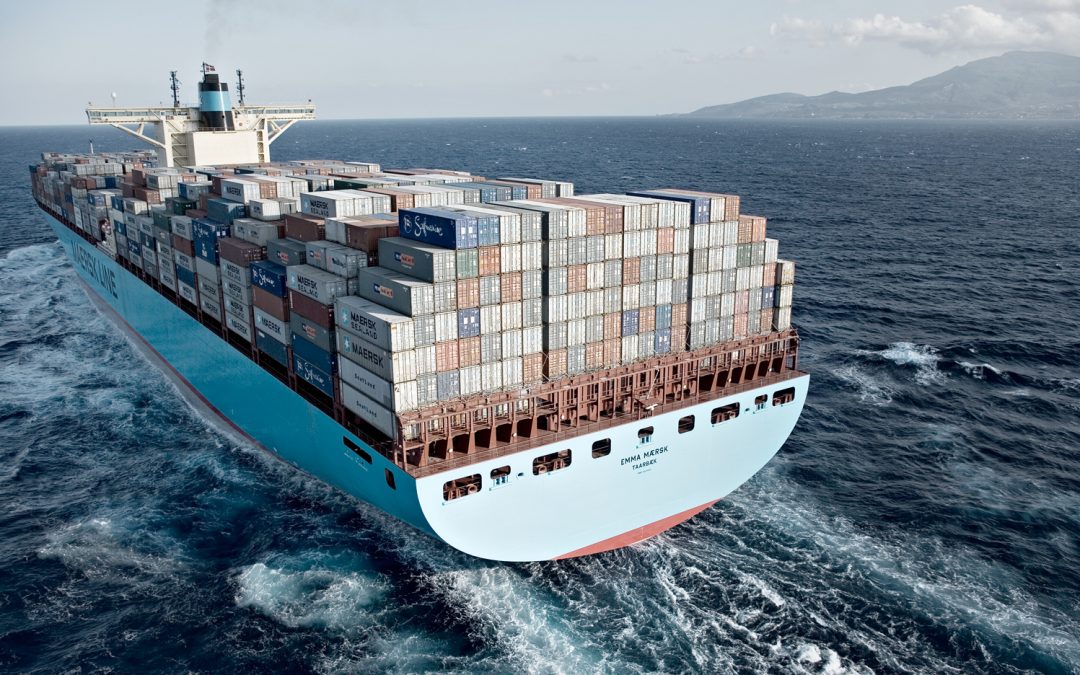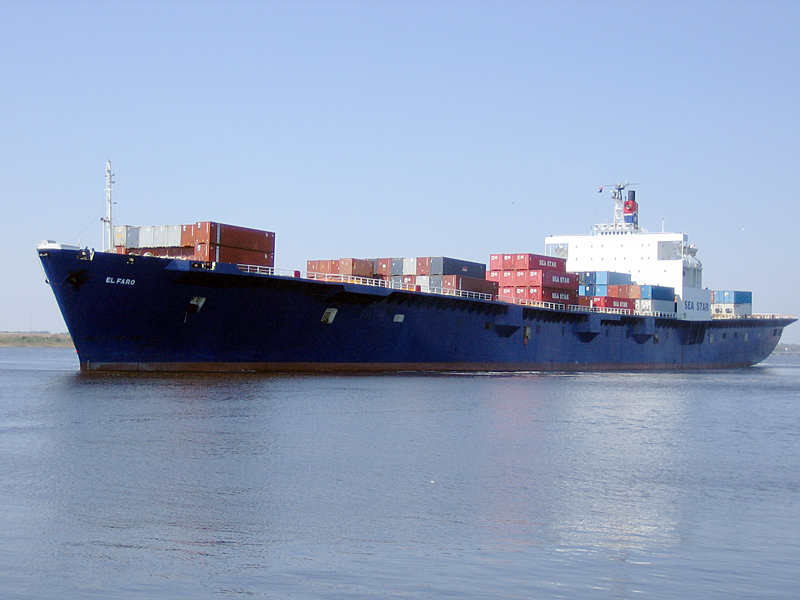
by Elizabeth Hines | Oct 8, 2015 | Blog, Strategy, Talent

Hiring someone who says he or she is not a team player sounds like a risky proposition, right? Few employers are, after all, searching for renegade employees or stubborn loners who refuse to interact with co-workers. But what if it actually turned out to be a good strategy? Researchers at the University of Tuebingen set out to examine the effects on applicant pools by stressing the need for teamwork in job ads. The conclusion of the study puts it like this: “Given the evidence of a possible downside, it is recommended that firms should never look for team players just because ‘everyone else is doing so.'”
The study analyzed survey data from 1,300 college students who had been asked to evaluate a number of job postings that outlined various requirements, including whether the applicant should be a team player or an independent task-oriented self-starter. Interestingly, what researchers found was that although the ads did indeed attract applicants who considered their teamwork skills to be a primary asset, they also discouraged people whose qualifications matched the job description with the exception of one criterion: social skills. As a result, the employer missed out on technically skilled or task-oriented candidates who took themselves out of the running before the race even began. The study went on:
“…considering that organizations always need employees with high task-related skills, but that they may not always need team players, they should carefully consider when the requirement for teamwork skills is listed in their job advertisements—because there is a downside to looking for team players.”
For organizations that truly need employees with an aptitude for collegial collaboration, the study shows ads that stress the importance of possessing teamwork skills do what they were intended to accomplish. But in other cases, where teamwork takes a backseat to specific talents or technical skills, the employer is likely to end up with a smaller pool of applicants than if that routine phrase had been left out of the job requirements.
People who don’t cite social acumen among their list of skills may not thrive at “water-cooler conversations” or rush to plan the next company outing, but they know how to get the job done and they do it well. If teamwork is irrelevant to their job description, isn’t that all we really need?
Fronetics Strategic Advisors is a leading management consulting firm. Our firm works with companies to identify and execute strategies for growth and value creation.
We advise and work with companies on their most critical issues and opportunities: strategy, marketing, organization, talent acquisition, performance management, and M&A support.
We have deep expertise and a proven track record in a broad range of industries including: supply chain, real estate, software, and logistics.

by Fronetics | Oct 7, 2015 | Blog, Marketing, Social Media, Strategy

I wrote previously about the opportunities companies within the logistics and supply chain industries can realize through social listening. I cautioned that to reap the benefits and seize the opportunities afforded by social media, companies need to use the information and intelligence gathered.
Using the information and intelligence gathered is essential. There is; however, another critical element: engagement. Engagement is a differentiator. Without engagement you are a lurker. You don’t want to be a lurker.
What is a lurker?
A lurker is someone who observes, but does not participate. If your company does not engage via established social media accounts, your company is lurking. Stop lurking. To realize the benefits of social media and social listening you need to actively engage with customers and others via social media.
What is active engagement?
How can your company actively engage with customers and other via social media? Here are some ideas:
- Ask questions
- Answer questions
- Provide clarification
- Weigh in on a discussion/topic
- Thank followers for their ideas, suggestions, and feedback
- Highlight when/how you have used customer feedback to make changes to a product or service
- Simply let people know you are listening to their comments and feedback.
Action
The information and intelligence your company can gather via social listening is immense. If you do not use what you have gathered you miss out on opportunities and revenue. The same can be said about social lurking. By not actively engaging via social media your company misses out on opportunities.
Social media can be a strategic tool – if used correctly.
This was originally published on Electronics Purchasing Strategies.

by Fronetics | Oct 6, 2015 | Blog, Marketing, Social Media, Strategy, Supply Chain

Companies within the logistics and supply chain industries have been slower to participate in social media than other industries. The primary reason being because of a lack of understanding of what social media is and the role it can play for business. Unfortunately, companies who do not participate in social media miss out on opportunities – and revenue.
Every day conversations are taking place about your company, your products and services, your industry, and your competitors. These conversations are not just happening over the water cooler, they are happening on social media. These conversations not only provide invaluable (and often strategic) information, they also serve to shape and define your company and your brand. With the advent of social media, the reality is that is the customer who drives your company’s image and brand message. If your company isn’t on social media you miss out.
Social listening
Social listening is the process of monitoring social media to identify and assess what is being said about a company, individual, brand, product, or service. Through social listening your company can not only become an innovation engine, you can also gain market intelligence, and you gain intelligence about how your company, products, and services are being perceived. Knowing this information in real-time is invaluable.
Caterpillar is one company that has embraced social listening. Caterpillar engages in social listening with the objectives of gaining deeper insight into:
- Who is talking about the company;
- What is being said about the company;
- What competitors are doing;
- Key influencers;
- The tone of conversations that are taking place.
Kevin Espinosa, Caterpillar’s eBusiness Loyalty Manager, further discusses the company’s social listening strategy and the benefits of social listening:
“If you haven’t started already, you have to start with social listening. It’s like building a large campus without the sidewalks. Let your audience lay down the paths and sidewalks they want to take. They’ll tell you where they’re participating and what they need. Then you can backfill with a strategy that addresses their needs. This is the push aspect of social media. Eventually, you get to the pull aspect, where the customer is a big contributor to your social media strategy. This is where there is truly two-way dialogue and relationship building.”
Engagement and action
To reap the benefits of social listening, including increasing your revenue, you need to use the information and intelligence gathered. For example, if you learn via social media that your customers are experiencing issues with a specific product, take steps to determine what the issues are, and then make changes to the product. The Aberdeen Group offers additional examples of how social listening has been and can be used: “companies can use the voice of the customer to make critical adjustments and find issues related to inventory allocation, order management, returns management, cost, overall service satisfaction and beyond.”
The opportunities the supply chain and logistics industries can realize through social listening are great. Not participating in social listening results in missed opportunities.
This post originally appeared on Electronics Purchasing Strategies.

by Fronetics | Oct 5, 2015 | Blog, Logistics, Strategy, Supply Chain, Transportation & Trucking

On October 1st the 735-foot cargo ship El Faro issued a distress call, and then vanished in the eye of Hurricane Joaquin. The search for the ship, captain, and crew has thrust the shipping industry into the spotlight.
There is a common misconception that the majority of goods we purchase arrive via plane, or are transported via road. The reality is that 90% of everything we buy comes by ship – and it’s not likely that this number is going to decrease any time soon.
The advent of the megaship
In the last 50 years cargo-carrying capacity has increased by 1,200%. In the past 10 years cargo-carrying capacity has increased by 80%. Today’s bohemyths including the CSCL Globe, MSC Oscar, and MSC Zoe will soon be surpassed by ships that can carry more, and more. In June the major Chinese shipping group Cosco announced that it has ordered nine 20,000-TEU capacity ships, with an option for four additional identical vessels.
Larger ships are about efficiency and about narrowing the cost advantage. Not only do larger ships carry more containers, they also consume as little as 50% of the fuel per container moved as older ships, while also more than halving insurance and staffing costs.
The race for efficiency and cost advantage is competitive. The Globe held the record for largest carrying capacity for just 53 days, and then had to relinquish the title to The Oscar. The Oscar has a capacity of 19,224 TEUs, 124 more TEUs than The Globe.
Congestion
The increase in the size and volume of ships is putting pressure on ports. At least 7 out of the 10 busiest US ports by container volume are grappling with regular congestion. Early this year, congestion crippled West Coast ports grinding activities to a halt. Although operations have resumed, it won’t be smooth sailing going forward. It is projected that congestion will only get worse as ships continue to grow in size and volume. A 2013 Department of Transportation study projects that between 2010 and 2040 the volume of the US’s container trade with Northeast Asia—which accounts for the majority of the US’s overall container trade— will more than triple.
In a recent Wall Street Journal article, Frank Layo, retail strategist at consulting firm Kurt Salmon, points to the economic costs of the congestion. He forecasts that the cumulative costs of shipping delays could reach $7 billion this year and climb as high as $37 billion in 2016. Additionally, he expects some retailers to divert shipments from Asia to more-expensive routes to avoid congested West Coast ports. This could impact consumers in the form of stock-outs and price increases.
Loss
According to a recent survey by the World Shipping Council, an average of 1,679 containers are lost overboard every year. The loss of these containers cause significant economic losses for carriers and their customers, have the potential for harming the environment and marine life, and are a hazard to those on the water (floating containers pose an off-shore danger).
The majority of time ships don’t lose their entire load overboard. Rather, a number of containers are lost. But what happens when an entire load is lost, or even worse, when an entire ship is lost?
AGCS experts believe that the industry should prepare for a loss of $1 billon or more in the future. Captain Rahul Khanna, Global Head of Marine Risk Consulting, AGCS, believes that a $2 billion container ship loss scenario is not out of the realm of possibility.
El Faro is not a megaship. Nonetheless, El Faro and her crew of 33 play a significant role in the global economy. As Hurricane Joaquin moves out of the Bahamas we can hope that El Faro, her captain, crew, and cargo will be found – safe.

by Fronetics | Oct 1, 2015 | Blog, Content Marketing, Marketing, Strategy

Around the time when the leaves start changing color every year, companies turn their focus to year-end revenue and gross profit forecasts. Those forecasts, in turn, are used to inform the establishment of sales and revenue targets for the following year. These goals can inspire your sales team to re-imagine internal processes to drive stellar results. Or, they can have a real demotivating effect on the team and organization.
Follow these four steps to create challenging but achievable goals that will lead you to better results, more consistent targeting, and a team that is motivated for the long run.
Evaluate
Look at the current state of your business and define your desired sales/revenue outcome based on this knowledge. Yes, this is much harder than saying, “my boss says to grow by 30%”, but the deep understanding of you current state will lead your organization stop focusing on the numbers to achieve and start focusing on the process of achievement. This is the hardest and most detailed step.
Segment
Once you have established the current state and desired outcome; break up these revenue/sales numbers and the process to get them into small portions. By doing this, you establish a pattern of smaller wins/process goal attainment. In the end, you will have developed a culture of winning and/or adjustment instead of an “all or nothing” mentality.
Structure
Now, build in a system that rewards superior behavior and discourages falling short. You will still have the over-achievers….they need to feel fairly treated for being better than average. You will have folks who fall short…they need redirection and course correction (maybe even managed out of the business). Remembering that since these are “small chunks” your team never gets too far behind before a correction can occur and your top performers are still treated as stars.
Adjust
Lastly, develop a culture of “adjustment”, both up and down. Most teams are used to a big target at the beginning of the year that never adjusts….you win or you lose….and so does your company. I think we all know the reality is that in the current economic environment, it’s not that simple. Having the ability to adjust as your “knowledge of the current state” becomes definite allows you to throttle up when you can and down when you have to.
One word of caution, if you try this approach you need to commit all the way. A half attempt at this would be disastrous. You need to commit to change in order to change your culture and to get the results that you want. One last thing, if you are now saying to yourself, “that’s all well and good, but my external stakeholders (lenders, principles, shareholders, managers, etc.) aren’t sympathetic to this type of curved lined forecasting”. I get that too. The answer is simple. Once have your current state defined and your desired outcomes articulated, take a conservative approach to this forecast and decide whether it is good enough for your external stakeholders. If it is, you have your worst case scenario that should only be affected by upside surprises. If it’s not, no hoping or praying for you to achieve your goals is going to make it any prettier in the long run. Make the strategic adjustments now and be better off at the end of the year.

by Fronetics | Sep 30, 2015 | Blog, Marketing, Social Media, Strategy, Supply Chain

The social economy is estimated to be $1.3 trillion U.S. dollars annually. Social media is more than a collection of personal commentary, photos, and inspirational quotes. Increasingly, social media creates an opportunity to gather information, and social media is becoming a useful tool for businesses to connect with other businesses and clients. Although Facebook is notorious for gathering information, social media companies are not the only companies who can gather intelligence.
Data Gathering
Gathering of intelligence has never been easier. Although there are still traditional indicators of sales and traditional feedback loops, the age of social media allows for swift collection of intelligence. According to McKinsey, “Analysts typically spend 80 percent of their time gathering information before they begin to analyze it. Social intelligence radically alters this process. Numerous tools allow analysts to create dynamic maps that pinpoint where information and expertise reside and to track new data in real time.”
Capturing the Consumer
Collecting information from your consumers online— the good, the bad, and the dirty— can help you understand consumer sentiment around brands. By searching for key words or terms you may improve sales strategies, product placement, or understand demand cycles.
Do you want to see what clients and consumers say about you and your products, about their reliance, frustration, appreciate of your role in the supply chain? You should! But you can also have a look at what is trending, what your competitors are doing, and how you can gain traction through social media. The window is a unique opportunity for you. If your competitors are garnering more views, figure out why. Do they highlight their employees? Do they link directly to items for purchase? Do they use keywords you’re not using? Are they presenting themselves as leaders in the industry by blogging?
Storm Surge
Storms happen, and they’re stronger than ever. Natural disasters will never cease. Accidents happen. There’s no fix-all, no cure for these things, but there are new ways to manage these challenging moments when they strike. In March 2012, the Red Cross announced the creation of a social media crisis monitoring center called the American Red Cross Digital Operations Center.
When Hurricane Sandy hit the Eastern Seaboard, the Red Cross was able to see how valuable social intelligence can be. According to an article in Fast Company, How the Red Cross Used Tweets to Save Lives During Hurricane Sandy, “During the week of Hurricane Sandy, the Red Cross tracked more than 2 million posts and responded to thousands of people. In the end, 88 social media posts directly affected response efforts—a fairly significant shift of resources.”
While people lost power during Hurricane Sandy, many still had internet access on their phones. They could access news updates, connect with loved ones, and ask for help through social media. According to the Pew Research Center’s Project for Excellence in Journalism, more than 20 million tweets were sent about Hurricane Sandy in the span of 6 days.
The intelligent thing to do for your company just might be to explore social media intelligence.








